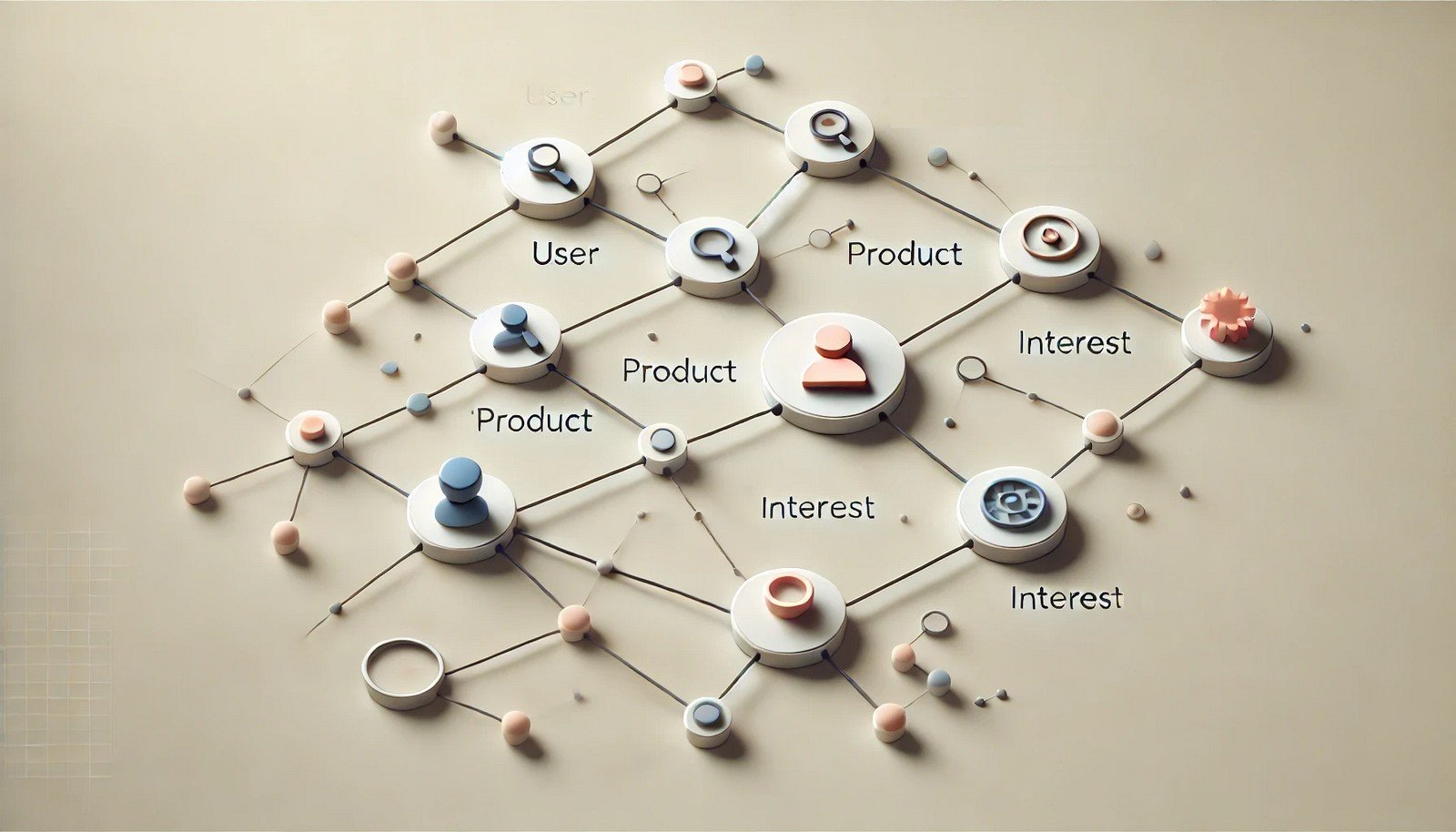Relational Learning

Quick Navigation:
- Relational Learning Definition
- Relational Learning Explained Easy
- Relational Learning Origin
- Relational Learning Etymology
- Relational Learning Usage Trends
- Relational Learning Usage
- Relational Learning Examples in Context
- Relational Learning FAQ
- Relational Learning Related Words
Relational Learning Definition
Relational Learning is an area of machine learning focused on understanding and modeling the relationships between entities in data. Unlike traditional machine learning that deals primarily with independent data points, relational learning deals with interconnected data and identifies patterns based on the relationships among entities. Technically, relational learning is often applied in areas where data has inherent structure or links, such as social networks, molecular structures, and recommendation systems. By using algorithms like relational neural networks, probabilistic relational models, or inductive logic programming, relational learning uncovers dependencies between entities to improve predictive accuracy.
Relational Learning Explained Easy
Imagine a group of friends who all have different interests, like sports, video games, and reading. Now, if you want to guess which new hobby your friend would enjoy, you don’t just look at their interests alone—you also look at what hobbies their friends have! Relational learning is like this: it helps a computer see patterns not just in one thing, but in how things are connected to each other. So, instead of focusing on one person’s hobbies, it sees that friends often like similar things and uses that idea to make better guesses.
Relational Learning Origin
Relational learning has roots in both artificial intelligence and statistical learning, emerging as researchers sought ways to analyze data that involved complex relationships. It became especially relevant as data networks like social networks and biological pathways grew, revealing that relationships among data points are just as important as individual characteristics. This led to a need for specialized learning methods that could interpret these connections.
Relational Learning Etymology
The term “relational” comes from the concept of “relation” or “connection,” emphasizing the focus on associations between data points rather than treating each independently.
Relational Learning Usage Trends
Relational learning has seen increasing interest in fields where data is interconnected, such as social media, e-commerce, and molecular biology. With the rise of interconnected data sources, it has become an essential area in AI for applications like recommendation engines and fraud detection. Additionally, relational learning is increasingly applied in predictive modeling for networks, such as transport systems and neural connections in neuroscience.
Relational Learning Usage
- Formal/Technical Tagging: Inductive Logic Programming, Relational Neural Networks, Probabilistic Graphical Models
- Typical Collocations: “Relational data modeling,” “network prediction,” “graph-based learning,” “entity relationship,” “dependency modeling”
Relational Learning Examples in Context
Social media platforms use relational learning to suggest friends and content by analyzing users’ connections and interactions.
In drug discovery, relational learning helps predict molecular interactions by studying the relationships between different chemical compounds.
Relational Learning FAQ
- What is relational learning in simple terms?
It’s a way for computers to learn by focusing on how things are connected instead of looking at them separately. - How is relational learning used in social media?
It helps suggest friends and content by analyzing user relationships and interaction patterns. - What are some applications of relational learning?
It’s used in recommendation systems, fraud detection, social network analysis, and drug discovery. - How is relational learning different from traditional machine learning?
Traditional machine learning analyzes independent data points, while relational learning considers the relationships between data points. - Can relational learning be applied to small data sets?
Yes, especially if the data involves connections, like in family trees or small social networks. - What algorithms are commonly used in relational learning?
Inductive Logic Programming, Relational Neural Networks, and Probabilistic Graphical Models. - Is relational learning used in natural language processing?
Yes, it helps in understanding the relationships between words and sentences in text analysis. - Does relational learning require structured data?
It works best with structured or semi-structured data, where relationships between entities can be mapped. - What is the role of graphs in relational learning?
Graphs help represent entities and their relationships, making it easier to model connections in data. - Is relational learning part of deep learning?
Some relational learning models are integrated with deep learning, especially in relational neural networks.
Relational Learning Related Words
- Categories/Topics: Machine Learning, Data Science, Graph Theory
- Word Families: Relations, Relativity, Relationally, Interconnectedness
Did you know?
Relational learning is foundational in the creation of recommendation engines, like those used by Amazon and Netflix. These engines don’t just rely on user preferences; they analyze connections between users and products to predict what people will enjoy. This relational approach helped revolutionize online shopping and content streaming by making suggestions more accurate and personalized.
PicDictionary.com is an online dictionary in pictures. If you have questions or suggestions, please reach out to us on WhatsApp or Twitter.Authors | Arjun Vishnu | @ArjunAndVishnu

I am Vishnu. I like AI, Linux, Single Board Computers, and Cloud Computing. I create the web & video content, and I also write for popular websites.
My younger brother, Arjun handles image & video editing. Together, we run a YouTube Channel that's focused on reviewing gadgets and explaining technology.



Comments powered by CComment